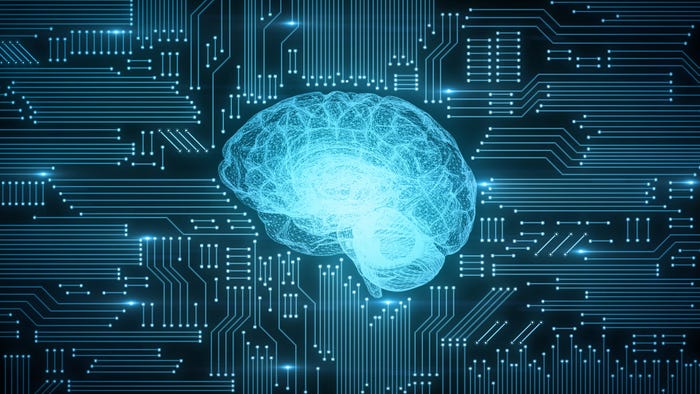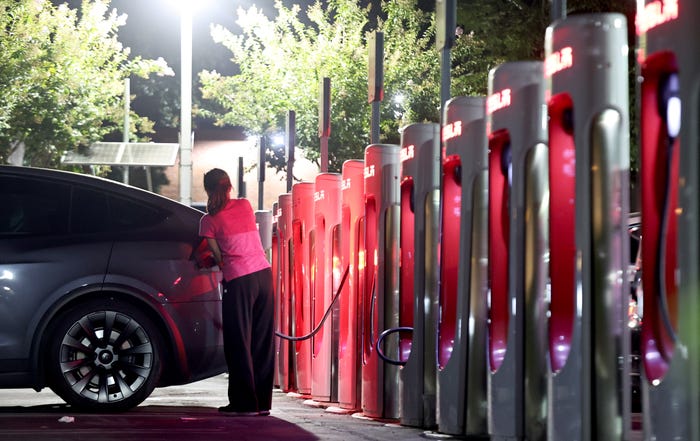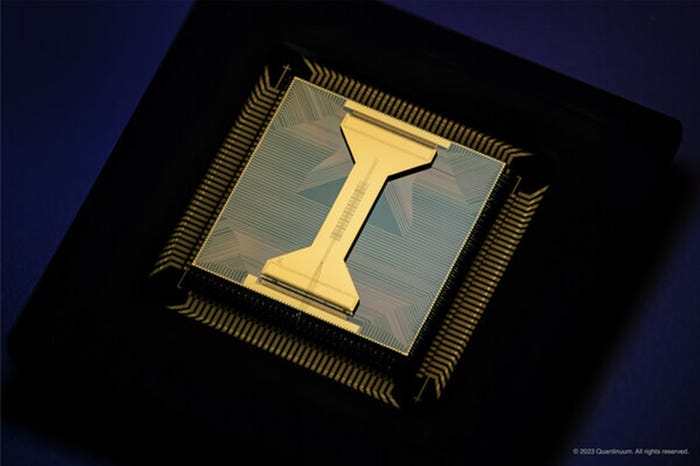IoT Trends 2021: IoT accelerates, digitization, automation and edge architectureIoT Trends 2021: IoT accelerates, digitization, automation and edge architecture
From using data analytics at the edge to digital, remote health care to robotics and increased automation, IoT trends in 2021 exploit data at the edge.
February 16, 2021

Key takeaways in this article include the following:
COVID-19 has accelerated the digitization of various processes and industries, and it will shape IoT trends in 2021.
Domains such as digital health; facility remote monitoring; and connected, smart environments will continue to develop as a result of social distancing and health requirements.
IoT trends in 2021 will disrupt some workforces and usher in greater human augmentation in work.
While 2020 is behind us, it has left strong headwinds that will continue to have ramifications through 2021.
In this conversation with Bill Kleyman, vice president of Switch, we explore key IoT trends. This is part one of our two-part discussion, in which we delved into the first five IoT trends of 2021 that we anticipate having an impact and taking new forms. Check out our video below, which discusses the following trends.
Analytics at the edge. With the advent of COVID-19, social distancing requirements bolstered remote work. This in turn fueled the need for distributed compute resources that reside close to devices and users and away from centralized locations such as the office, a data center and the cloud. COVID-19 has accelerated the pushing out of these resources to the edge and away from centralized clouds, particularly as employees continue to work from home, patients use digital health resources and factories use more remote monitoring and automation.
“People are experiencing the true concepts of remote work, and we are seeing new connectivity needs emerge because of remote work. We are experiencing the true concepts of distributed computing,” said Kleyman.
Further, with edge computing architecture, “We are going to see new concepts emerging around connected things at the edge,” he said, including localized data analytics that enable users to consume data as close to the source as possible as well as deeper integration among devices. Data warehousing, data lakes and data classification become critical as well to wade through the terabytes of data being generated at the edge.
Connectivity options such as 5G blossom. Kleyman said that the emerging 5G connectivity standard – which promises faster upload and downloads speeds and improved networking performance – will usher in new connectivity options in constrained settings. “You have a broader spectrum to work with,” Kleyman said. Users can create individual networks when they lose connectivity; these networks may be more secure and better performing . “You can create your own geofenced cellular network that doesn’t depend on local providers,” he said. “This can apply to logistics, data centers, government facilities.” 5G may ultimately enable health care practitioners to deliver telehealth options to remote areas and specialists to confer about rare health issues. This has implications for more remote locations that have lacked access, such as rural and remote locations “to bring life-saving services and improve logistics,” Kleyman said.
Smart environments. Just a couple of years ago, smart building technology enlisted Internet of Things (IoT) technologies to build more energy-efficient, automated and secure environments. IoT sensors were used primarily for temperature control, automated lighting and building security capabilities.
IoT technologies will now be used for a wide array of health and safety processes to monitor COVID-19. Sensors will help with sanitation and cleaning of rooms and screening and track-and-trace capabilities of workers on-site. They will also be used to make recommendations to ensure better social distancing.
“We’re going to see smarter environments that are much more cognizant of where people are … understanding foot traffic,” Kleyman said. “Just understanding the biometrics and the movement of people in a facility helps ensure the right protocols.”
These technologies, however, also present privacy issues, as employers track worker movements and behavior more closely. “What a fine line to walk,” Kleyman said.
Health care digitization. One of the major IoT trends in 2021 and beyond is how IoT technology will digitize care and enable health to be delivered over distances. Rural areas, for example, that have lacked access to health care and specialists will now be able to bridge gaps in care through videoconferencing and enlist connected devices to measure patient health metrics such as heart rate and blood pressure remotely.
Kansas City Children’s Hospital, for example, had a satellite location that enabled doctors from the central location to see and interact with children undergoing treatment. The right infrastructure enables high-quality, real-time video to virtually examine children in treatment. “These types of services wouldn’t have existed just a few years ago,” Kleyman said.
“A child would have had to drive 20, 30, 50, 100 miles to get to a facility to be examined. This is what digitization and modernization of health care looks like: the application of connected devices, connectivity and edge infrastructure to improve people’s lives.” Kleyman also cautioned about managing the flow of data as it travels from device across the network to the cloud.. Data security, encryption and logical network separation become critical.
Robotics. Kleyman said that robotics systems become critical as work processes become more remote, automated and distributed. So, for example, as a warehouse is populated by fewer workers, robotics becomes critical to fill in gaps. “Edge computing, distributed environments are going to require human augmentation,” Kleyman said. “Robotics and automation are going to be playing a larger role in distributed environments.” He argued further that while robots will, in some cases, supplant workers, the net effect will be to change existing workers’ roles rather than simply replace them entirely.
“Robots are going to support fewer people supporting larger environments,” he said. “Some roles and jobs will be impacted. “I don’t think it will be a complete job disruption, but there will be a job adaptation.”
About the Author
You May Also Like






